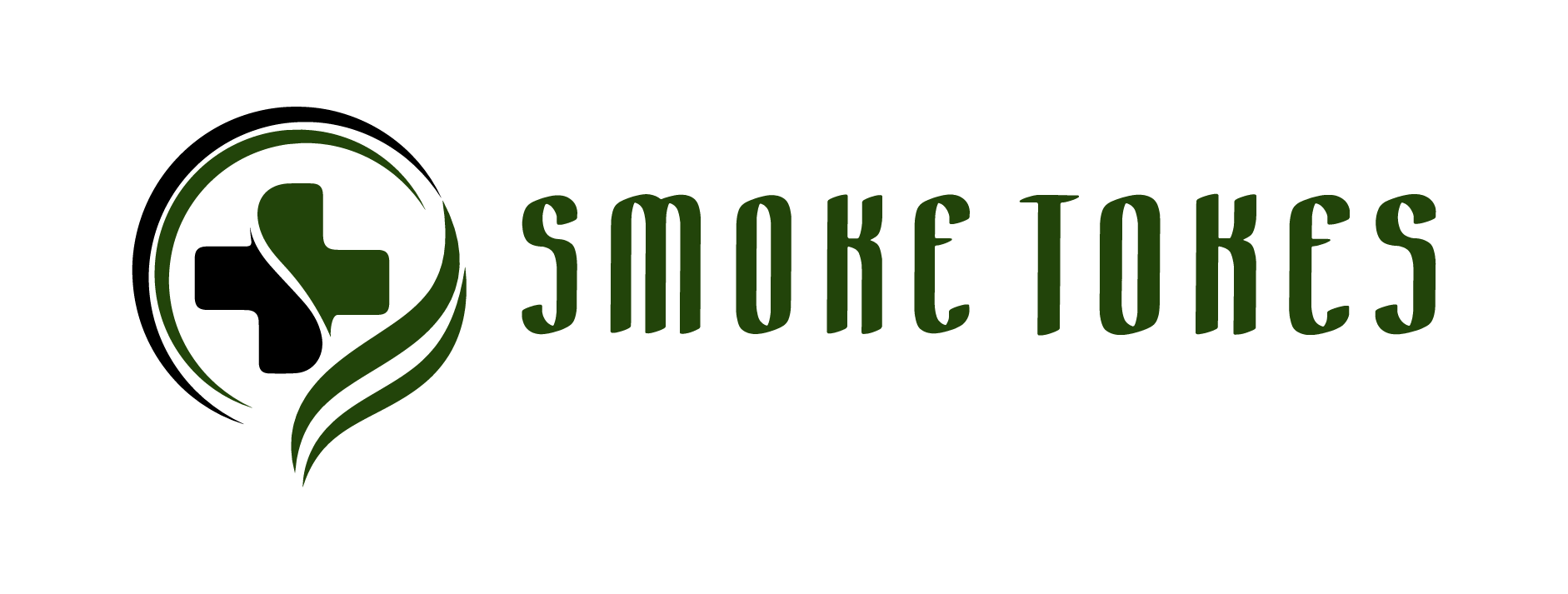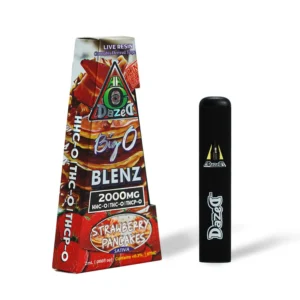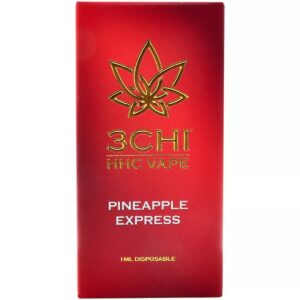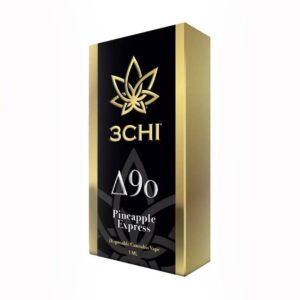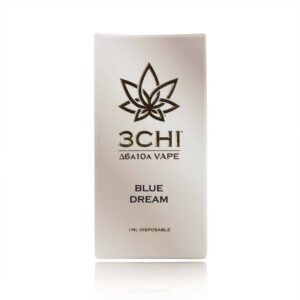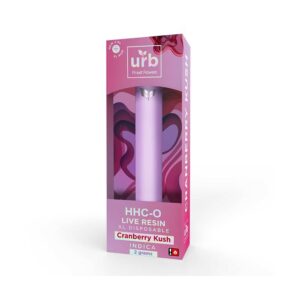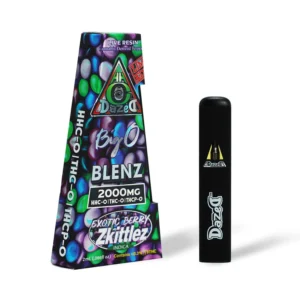
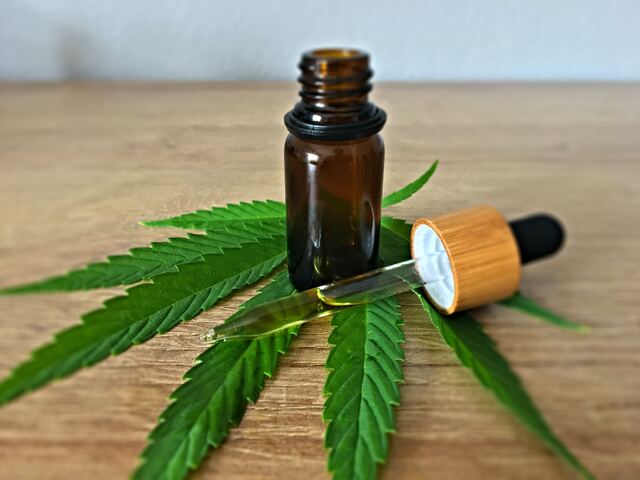
Decoding CBD Labels: Understanding Potency and Ingredients
Welcome to the world of CBD! Whether you’re new to CBD products or a seasoned enthusiast, understanding the labels, potency, and ingredients can seem like deciphering a secret language. Fear not, as we embark on a journey to decode CBD labels and gain insights into the potency and ingredients found in these products.
CBD, short for cannabidiol, has gained significant popularity for its potential health benefits. From oils and tinctures to gummies and topicals, a wide array of CBD products is available in the market. However, with the rapid growth of the industry, it’s crucial to navigate through the labels to ensure you get the desired potency and understand the ingredients used.
In this comprehensive guide, we’ll delve into the world of CBD labels, unravel the mysteries, and equip you with the knowledge to make informed decisions. So, let’s jump in and begin decoding CBD labels to understand potency and ingredients!
Decoding CBD Labels: A Guide to Understanding Potency and Ingredients
Understanding CBD Potency
When exploring CBD products, one of the essential factors to consider is potency. The potency determines the concentration of CBD in a product and can significantly impact its effects. Here’s what you need to know:
1. Milligrams (mg): CBD concentration is often expressed in milligrams, denoted as “mg.” The higher the number, the greater the potency.
2. Serving Size: Pay attention to the serving size mentioned on the label, as it helps determine the amount of CBD you’ll ingest per serving.
3. Total CBD Content: Look for the “Total CBD” or similar wording on the label, which states the overall amount of CBD in the entire product. This helps you gauge its potency.
4. CBD Concentration: Some labels indicate CBD concentration per milliliter (ml) or per unit, such as per gummy or per capsule. This information assists in understanding the strength of each serving.
5. Recommended Dosage: While the label may provide recommended dosages, it’s important to remember that everyone’s body reacts differently to CBD. Start with lower doses and gradually increase until you find what works best for you.

Examining CBD Ingredients
Deciphering CBD labels doesn’t stop at potency; understanding the ingredients list is equally crucial. Here’s what to look for:
1. CBD Source: Determine the source of CBD used in the product. It may come from hemp or marijuana plants. Hemp-derived CBD contains less than 0.3% THC, making it federally legal and unlikely to produce psychoactive effects.
2. Extraction Method: The label may mention the extraction method used to obtain CBD. Common methods include CO2 extraction, solvent extraction, or olive oil infusion. CO2 extraction is widely considered the safest and most efficient method, ensuring a clean and pure product.
3. Carrier Oils: CBD is often mixed with carrier oils to enhance absorption. Common carrier oils include MCT oil (derived from coconut oil), hemp seed oil, or olive oil. These oils contribute to the overall composition of the product, so it’s worth checking if any specific carrier oil suits your preferences or dietary restrictions.
4. Additional Ingredients: CBD products can contain other ingredients, such as flavorings, sweeteners, or herbal extracts. Pay attention to these additives and ensure they align with your dietary needs and preferences. Natural flavorings and sweeteners are often preferred by those seeking a more organic and wholesome experience.
5. Allergens and Sensitivities: Check the labels for any potential allergens or sensitivities, such as gluten, soy, or artificial additives. This is crucial if you have known allergies or dietary restrictions.
FAQs
Is CBD legal?
Hemp-derived CBD containing less than 0.3% THC is federally legal in the United States. However, it’s essential to check your local laws as they may vary.
What should I do if the CBD label lacks potency information?
It’s crucial to choose products that provide clear information about CBD potency. If a label lacks this information, it’s advisable to consider alternative brands that prioritize transparency.
Are all CBD products the same?
Not all CBD products are the same. Factors such as extraction methods, CBD source, additional ingredients, and potency can vary between products. It’s important to read labels carefully and choose products that suit your preferences and needs.
Conclusion
Decoding CBD labels can be an empowering experience, enabling you to make informed decisions about potency and ingredients. By understanding CBD potency, you can assess the concentration and find the right dosage for your needs. Examining the ingredients ensures you’re aware of what you’re consuming and allows you to make choices that align with your preferences and dietary requirements.
Remember to review CBD labels carefully, considering potency, CBD source, extraction methods, carrier oils, additional ingredients, and potential allergens. Conducting thorough research and selecting reputable brands will help ensure quality and transparency in your CBD journey.
Now that you’ve gained insights into decoding CBD labels, understanding potency and ingredients, you’re ready to venture into the world of CBD products with confidence. So, go ahead, explore, and embrace the potential benefits CBD may offer!
